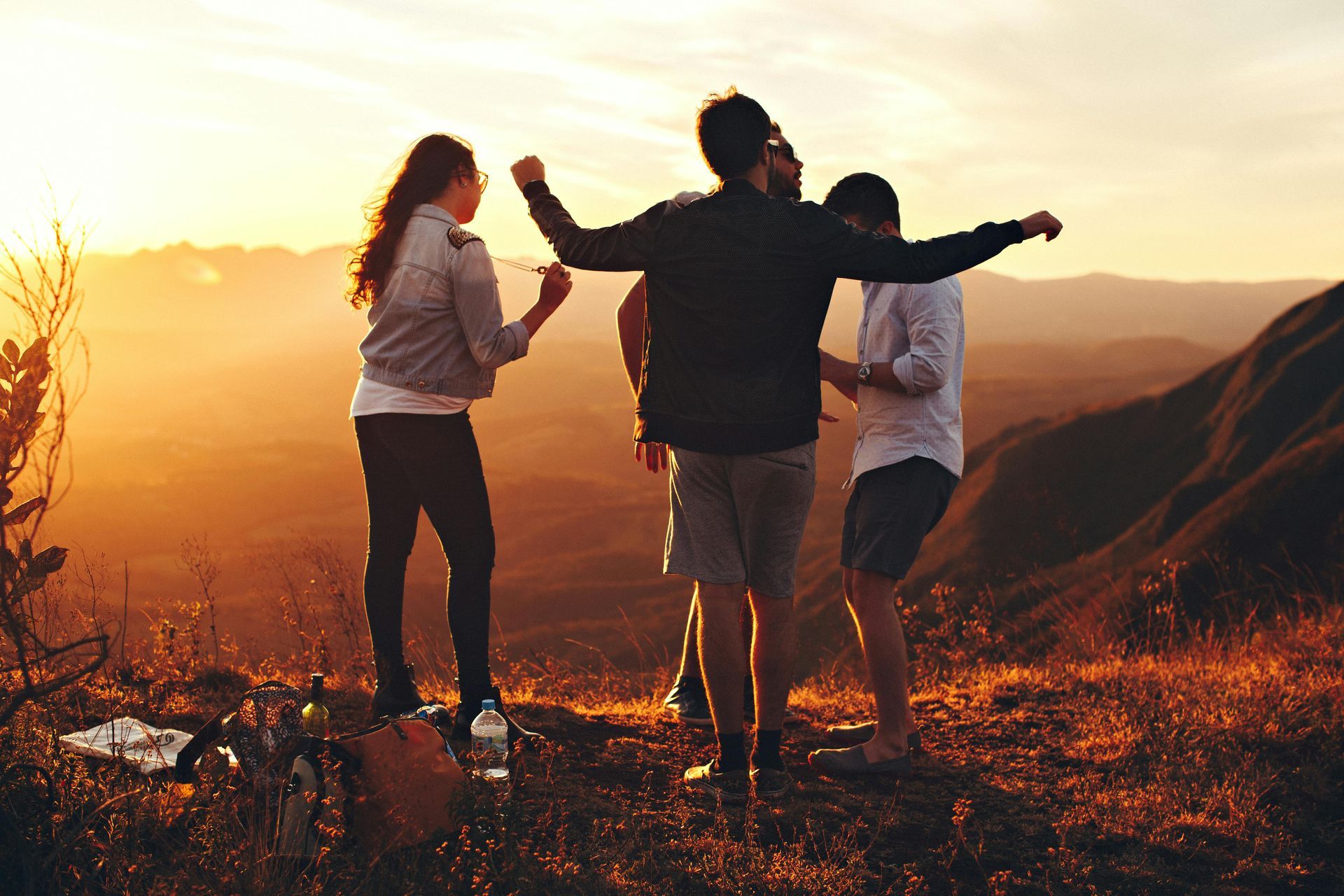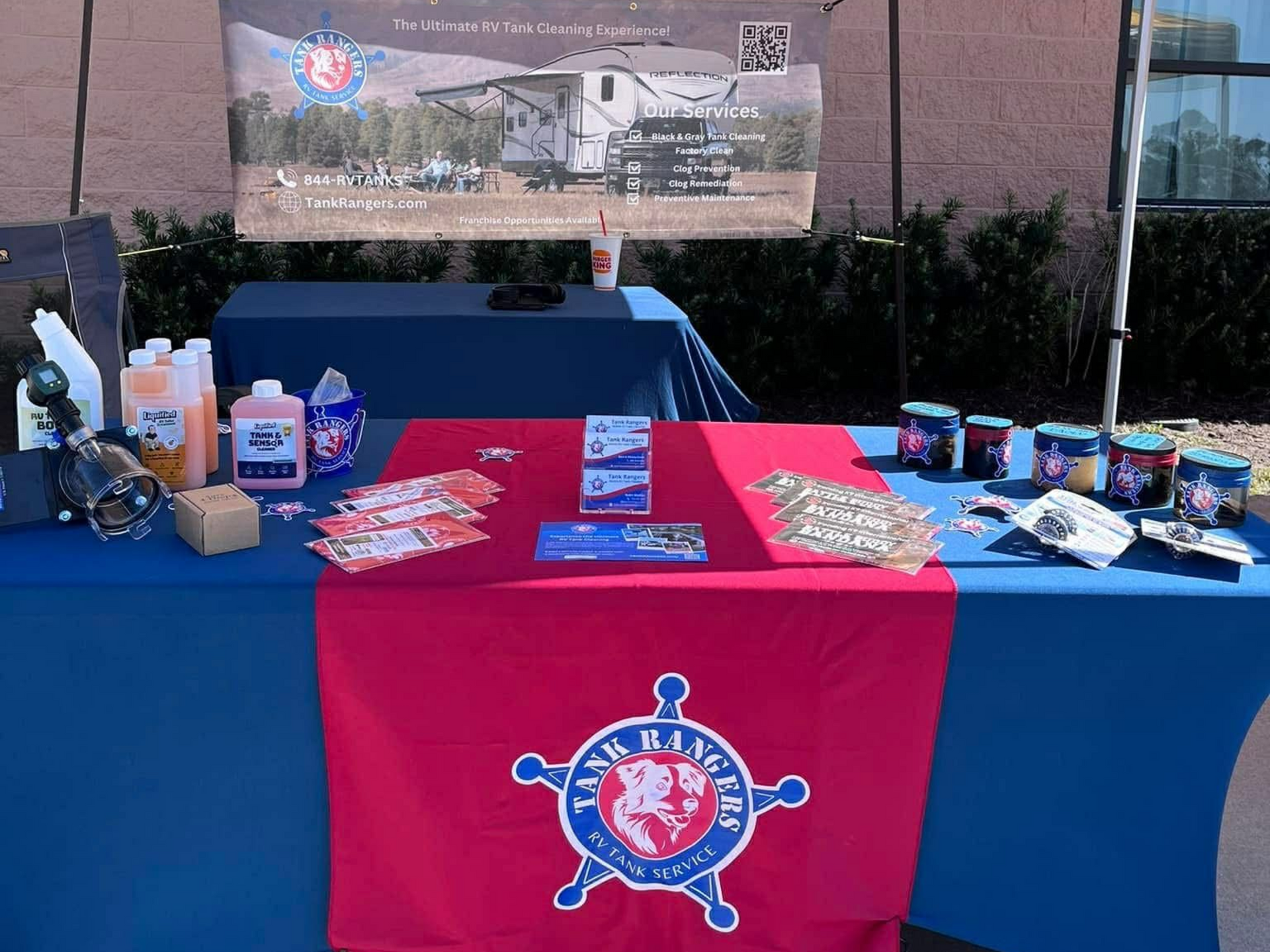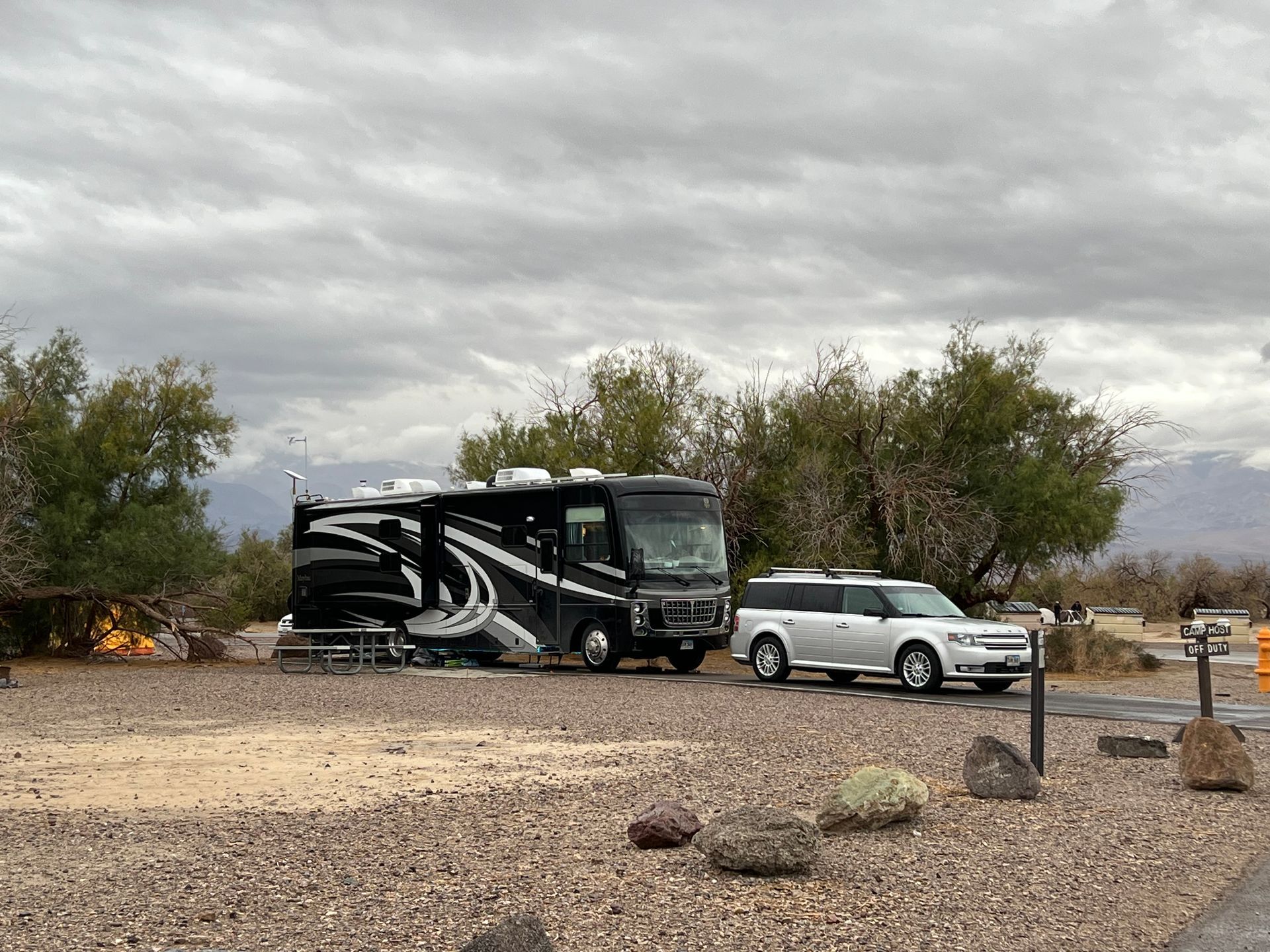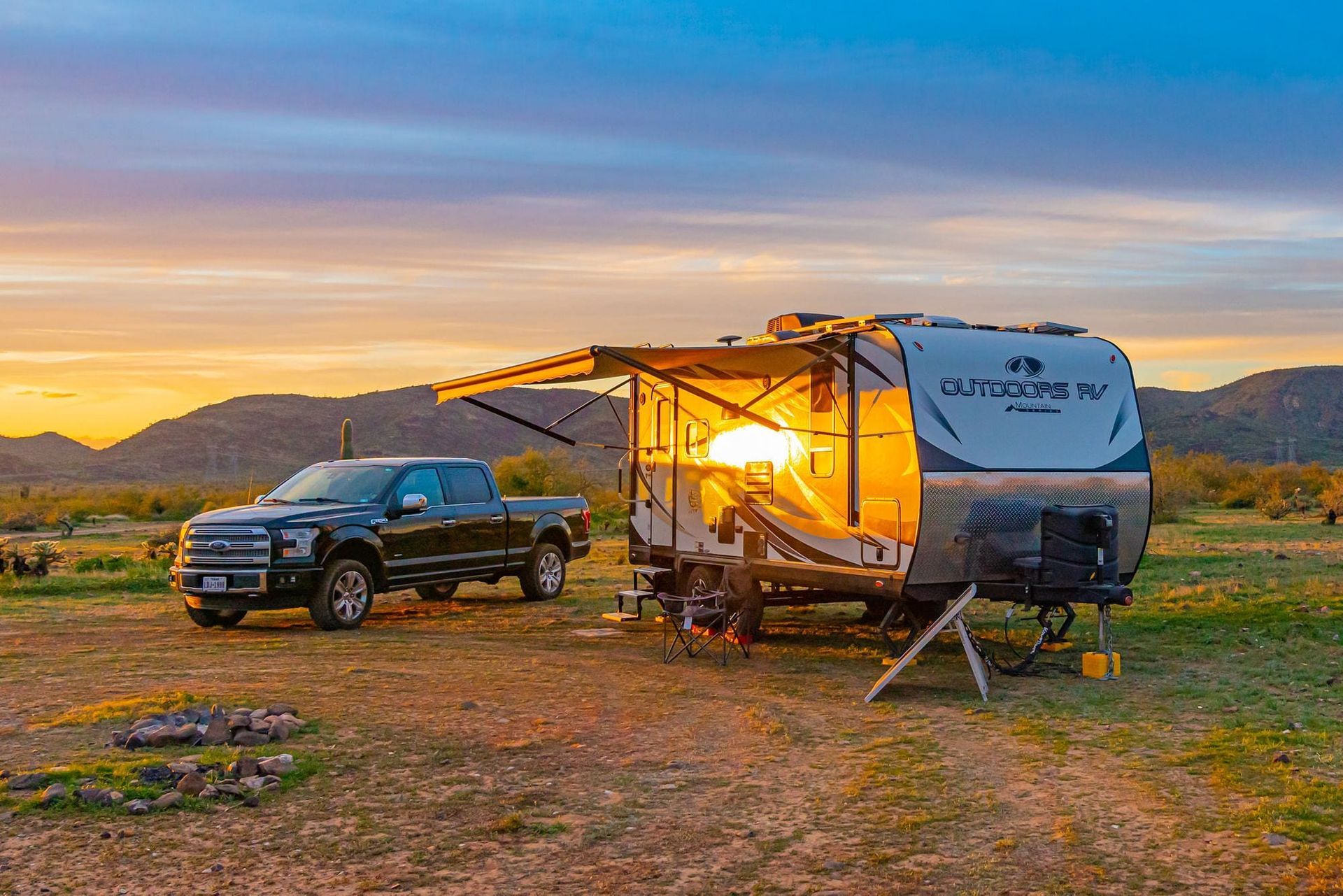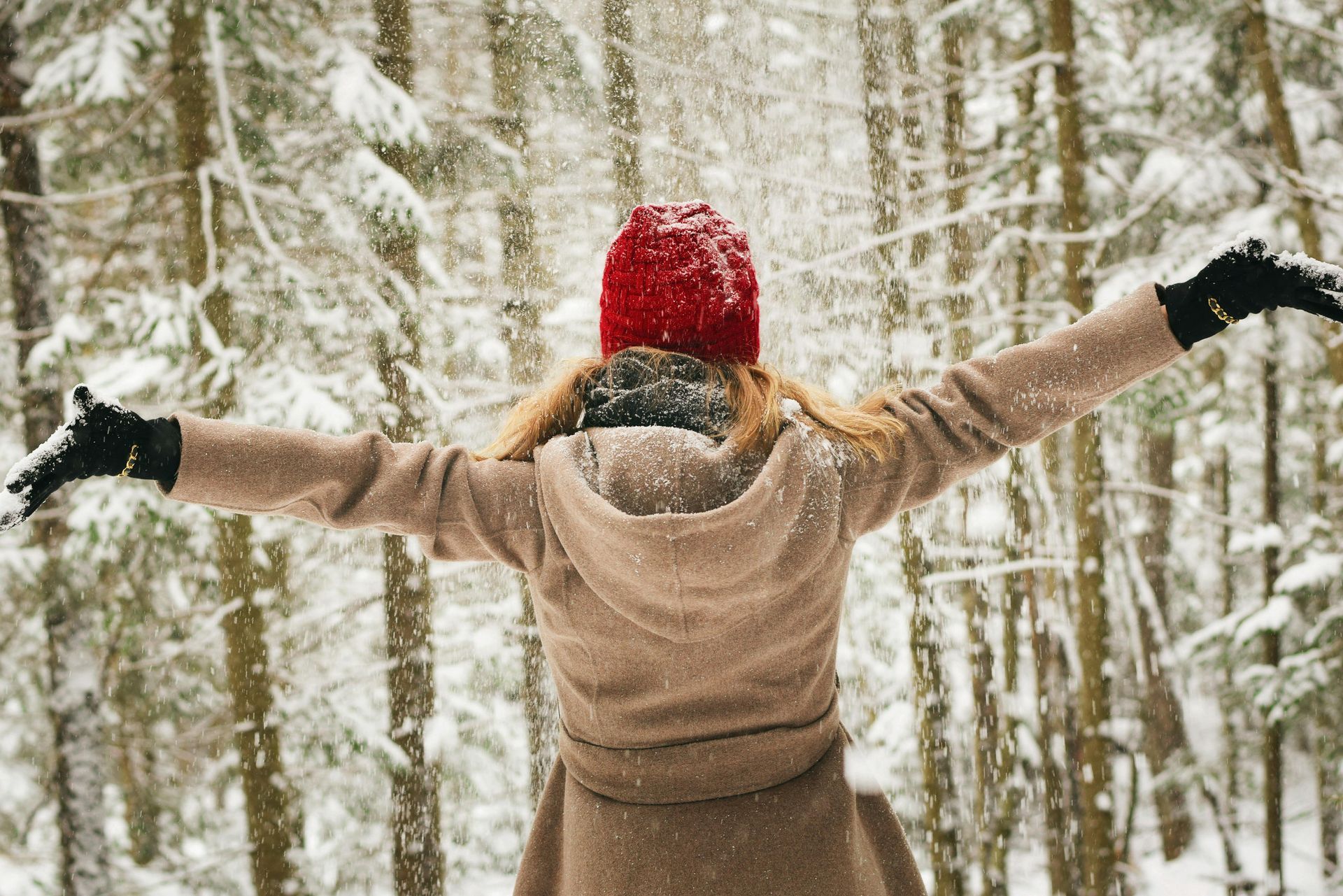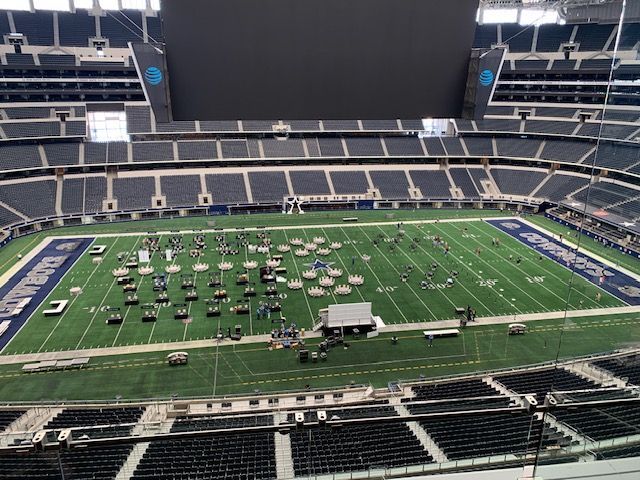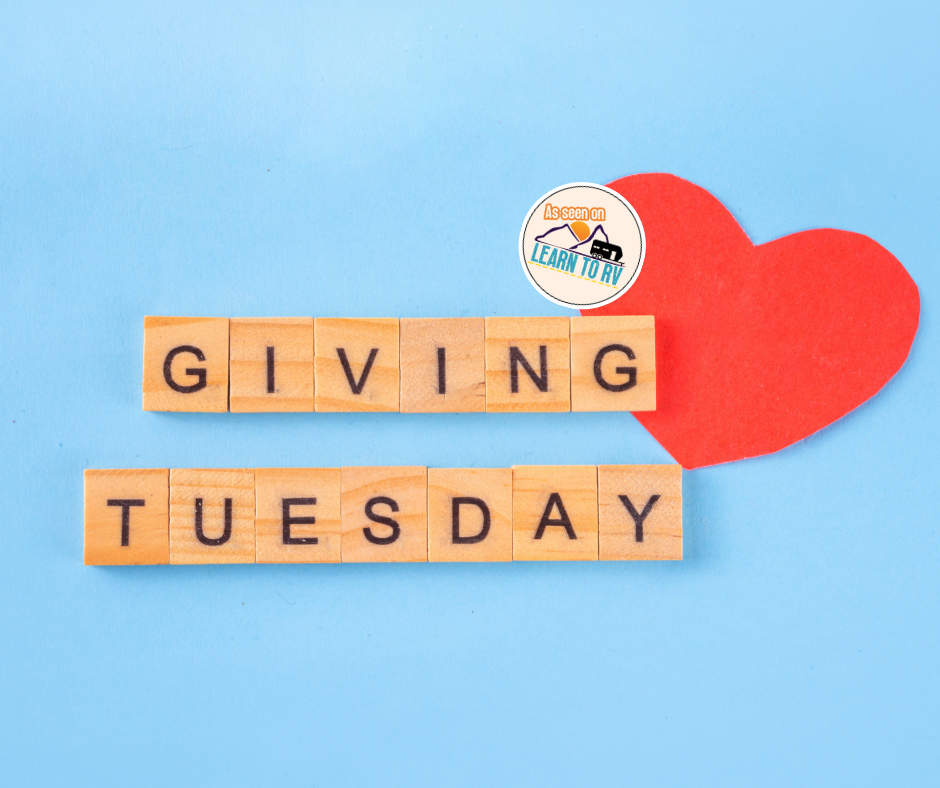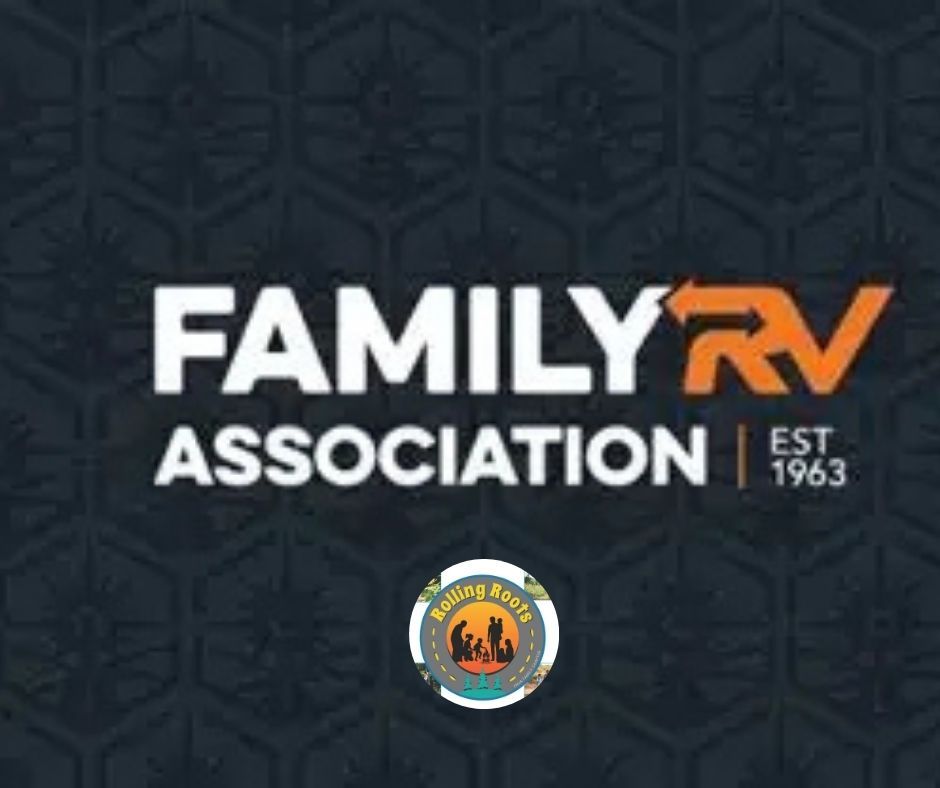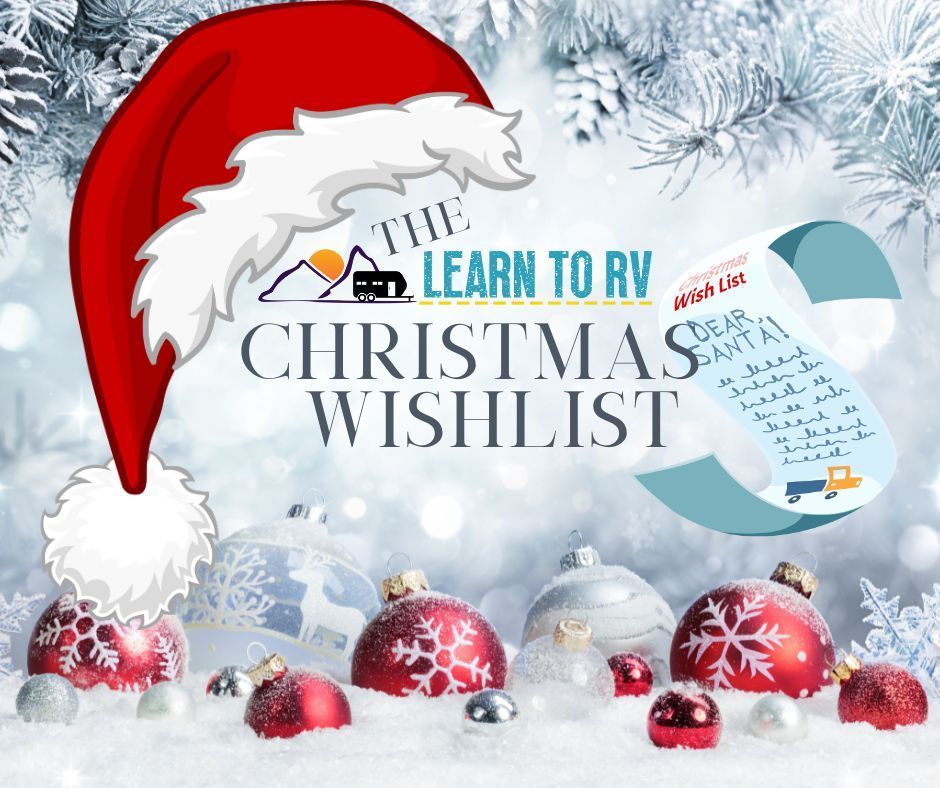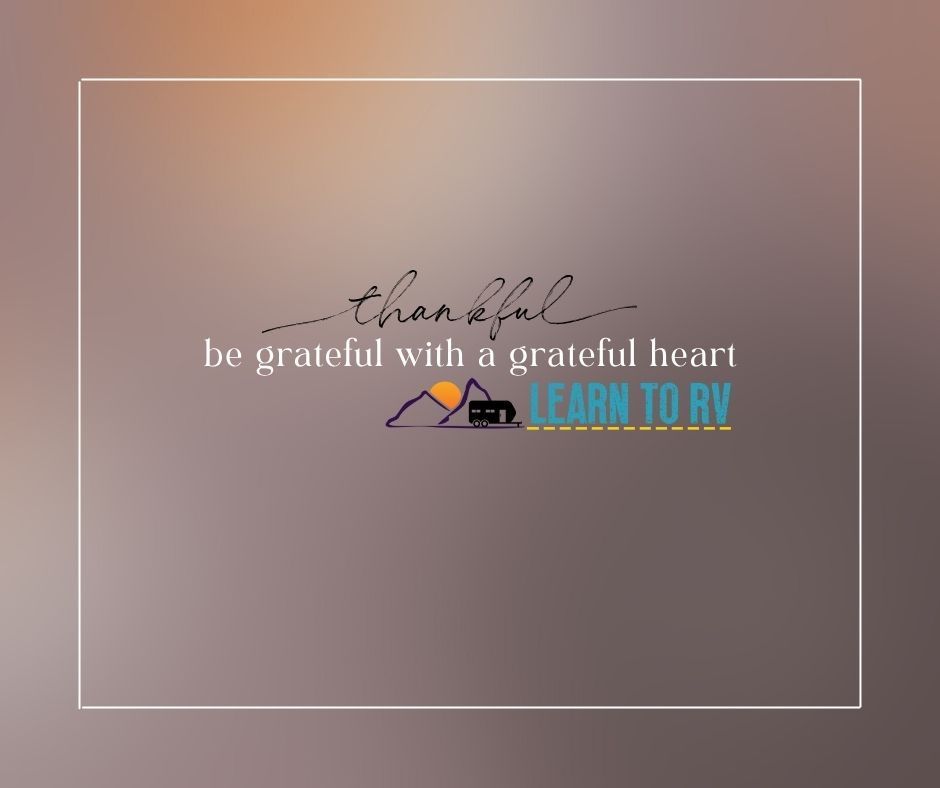Homeopathy 101 for RVers: What You Need to Know
Amanda Pelser • October 28, 2025
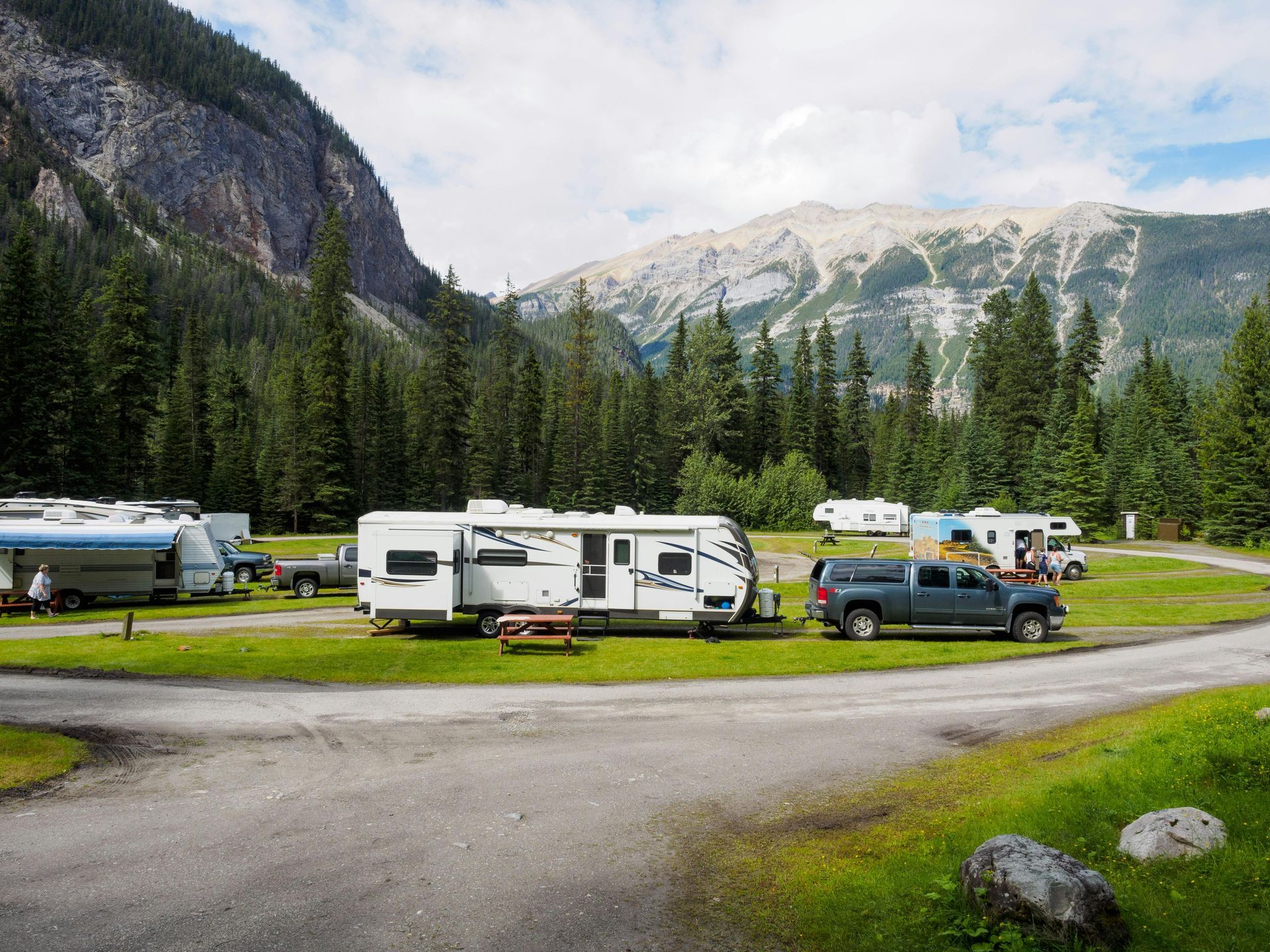
Your RV is parked in the campground in a beautiful national park, miles and miles from the nearest town. You and your family are out for a long hike. The kids are running ahead, and suddenly one of them takes a tumble over a tree root. Nothing major, but there’s a scraped knee and a sore ankle. And of course, one of the other kids freaks out at the sight of blood. Everyone seems to be fine. The nearest urgent care is an hour away, and you’d rather not pack up the rig and drive there for something minor.
What if you had a simple, natural way to help your child feel better right where you are, without needing to find a clinic or pharmacy to use while on the way to the hospital for more serious issues?
That’s where homeopathy comes in.
Homeopathy is a natural system of health and wellness care that works with your body’s innate ability to heal and return to balance. It can be used alongside other natural modalities like herbs, essential oils, or even conventional pharmaceuticals.
To define homeopathy, it’s easier to start with what it is not. Homeopathy is not home remedies, not herbs, not vitamins or supplements, and not a term for general natural health modalities. It’s based on the principle of similimum or, as Dr. Samuel Hahnemann, the founder of homeopathy, said, “like cures like.” In other words, a substance that could cause certain symptoms in its gross natural form can, when prepared in a highly diluted and potentized form, nudge the body back to homeostasis.
I learned about homeopathy well over ten years ago, and by the time my family was RVing full time, it had already become our preferred way to care for our health and wellness, with other natural options sprinkled in as needed.
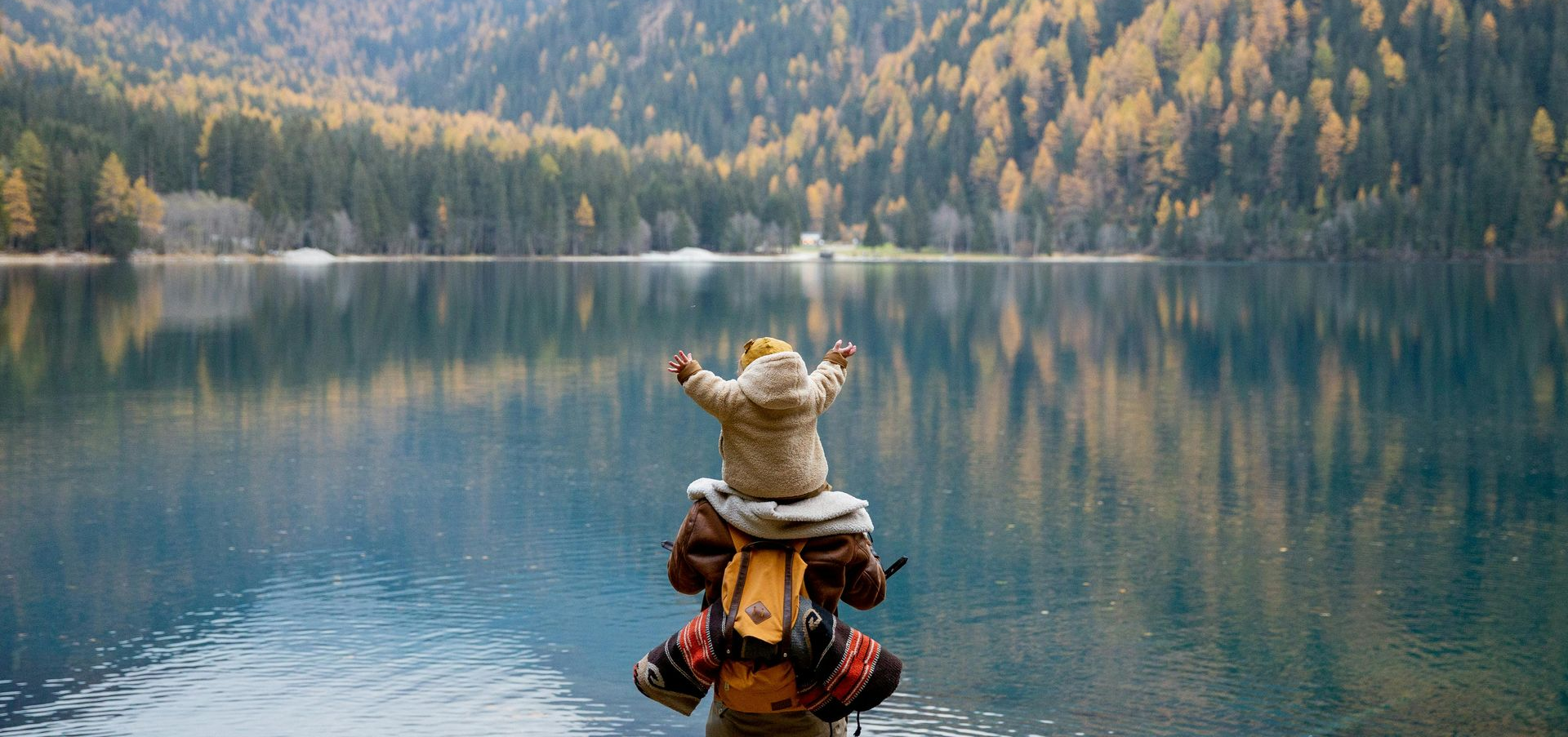
Here are a few reasons why homeopathy is an excellent choice for RVers:
- Cost-effective: Remedies are affordable. A small kit typically breaks down to a few dollars per remedy and can last for years with proper care. Single remedies in larger bottles are often around $10 each.
- Perfect for remote locations: You may find yourself in places without traditional healthcare options, but your homeopathic kit can go anywhere with you. Toss it in your backpack or purse.
- Continuity of care: If you need assistance, you can easily meet with a certified homeopath via Zoom, no matter where you’re parked.
- Safe and natural: Homeopathy is non-toxic, non-addictive, and has no harmful side effects.
- Compact and lightweight: Remedies come in small vials that don’t take up much space in your RV. We all know that conserving that cargo capacity is always a high priority.
- Versatile: Homeopathy can be used for everything from bumps and bruises to stress and sleepless nights, and so much more.
If you’re new to homeopathy and wondering where to start, I suggest beginning with three of my favorite remedies for RVers: Arnica, Aconite, and Ledum. These three cover many of the common bumps, bruises, shocks, early stages of illness, and bug bites that happen while traveling or exploring.
For a compact beginner setup, consider investing in a kit like the Helios 36 Remedy Kit. Filled with 36 remedies in 30C, it’s small, versatile, and ready to help you tackle many of the symptoms you may encounter while on the road.
I was a full-time RVer for five years and now live as a homesteader in a rural area. As a certified homeopath, I’ve seen firsthand how empowering it is to have safe, natural options at your fingertips for both people and pets, no matter where life takes you.
Learn more about the 3 remedies you need to have in your RV by grabbing my free cheat sheet: Top 3 Homeopathic Remedies for RVers. It’s a tip sheet to help you feel confident and prepared to care for your family naturally, whether you’re deep in the forest, on the coast, or parked under the desert stars.
Also be sure to check out our recent podcast where we had a chance to interview Amanda and discuss Homeopathy further!

Other blogs you might like...
